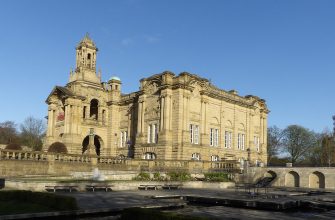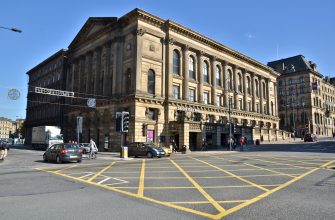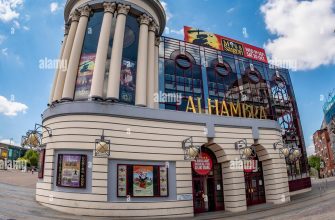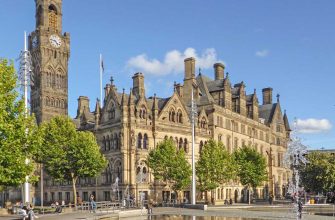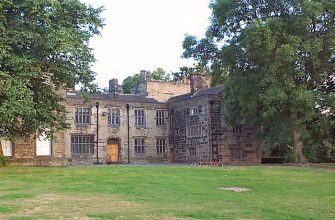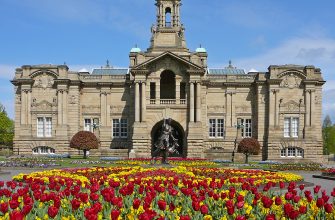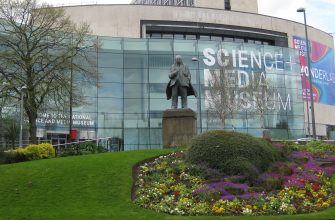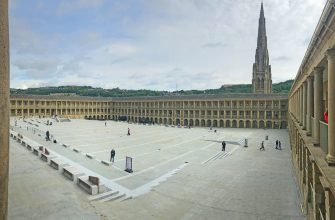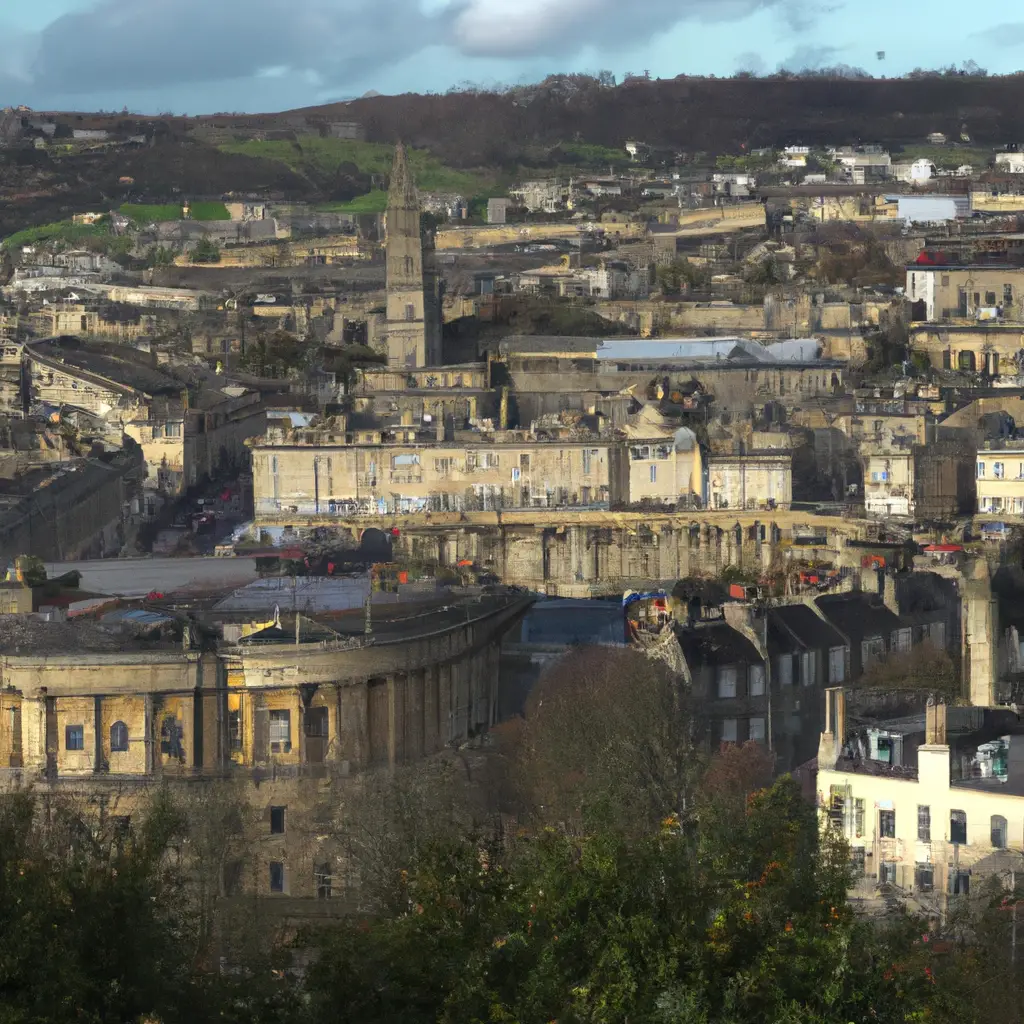
The City of Bath in Somerset, England is a place of great beauty and historical importance. It is a UNESCO World Heritage Site and is home to some of the finest examples of Georgian architecture in the world. It has been a popular tourist destination for centuries and is known for its Roman Baths, Bath Abbey, Jane Austen connections, Thermae Bath Spa, Royal Crescent, Pulteney Bridge, Fashion Museum, Holburne Museum, Prior Park Landscape Garden, Sally Lunn’s Museum and Eating House.
History
The City of Bath has a long and fascinating history. It was founded by the Romans in the 1st century AD and the city’s Roman Baths are one of the best-preserved Roman sites in the world. The city flourished as a centre of culture and learning during the Georgian era and many of its most iconic buildings date from this period. In 1987, Bath was designated a UNESCO World Heritage Site in recognition of its unique cultural and architectural heritage.
Attractions
Bath is a city of many attractions and there is something for everyone. Here are some of the must-see attractions in the city:
- Roman Baths – the city’s most famous attraction, the Roman Baths are a must-see for any visitor to Bath. The baths are well-preserved and offer a unique insight into the city’s Roman past.
- Bath Abbey – the city’s magnificent medieval abbey is a beautiful example of Gothic architecture and is home to a number of important historical artefacts.
- Thermae Bath Spa – the city’s modern spa offers visitors the chance to relax and unwind in the city’s natural thermal waters.
- Royal Crescent – the iconic Royal Crescent is one of the finest examples of Georgian architecture in the world.
- Pulteney Bridge – the beautiful Pulteney Bridge is one of only four bridges in the world to have shops built on it.
- Fashion Museum – the Fashion Museum is a must-see for fashion fans, with a collection of clothing and accessories from the 16th century to the present day.
- Holburne Museum – the Holburne Museum is home to a collection of fine and decorative arts from the 17th to the 20th centuries.
- Prior Park Landscape Garden – the beautiful Prior Park Landscape Garden is a great place to relax and explore.
- Sally Lunn’s Museum and Eating House – the museum is dedicated to the history of the famous Sally Lunn bun and the eating house serves delicious traditional dishes.
What to Expect
Bath is a lively and vibrant city with a lot to offer. Visitors to the city can expect to find a range of attractions and activities to suit all tastes and budgets. There are plenty of restaurants, bars, and cafes to enjoy, as well as a range of shops, galleries, and museums. The city also hosts a number of festivals and events throughout the year.
Tours
Bath is a popular tourist destination and there are a number of guided tours available for visitors. These include walking tours, bus tours, and boat tours of the city. There are also guided tours of the Roman Baths and the Fashion Museum.
Admission
Admission to the Roman Baths and the Fashion Museum is charged. Prices vary depending on the type of ticket purchased.
Tips for Tourists
Visiting Bath can be a great experience but it is important to bear in mind a few tips to make the most of your trip:
- Wear comfortable shoes – Bath is a hilly city and you will be doing a lot of walking.
- Allow plenty of time – Bath is a city to be savoured and it is worth taking your time to explore its attractions.
- Be prepared for the weather – the weather in Bath can be unpredictable so be sure to bring an umbrella and a warm coat.
- Take advantage of discounts – many of the city’s attractions offer discounts for students, seniors, and families.
Practical Information
Bath is easily accessible by road, rail, and air. The nearest airport is Bristol Airport, which is approximately 30 miles from the city. Bath is also well-connected to other cities and towns in the UK by train. The city also has a good public transport network, with buses and taxis available.

